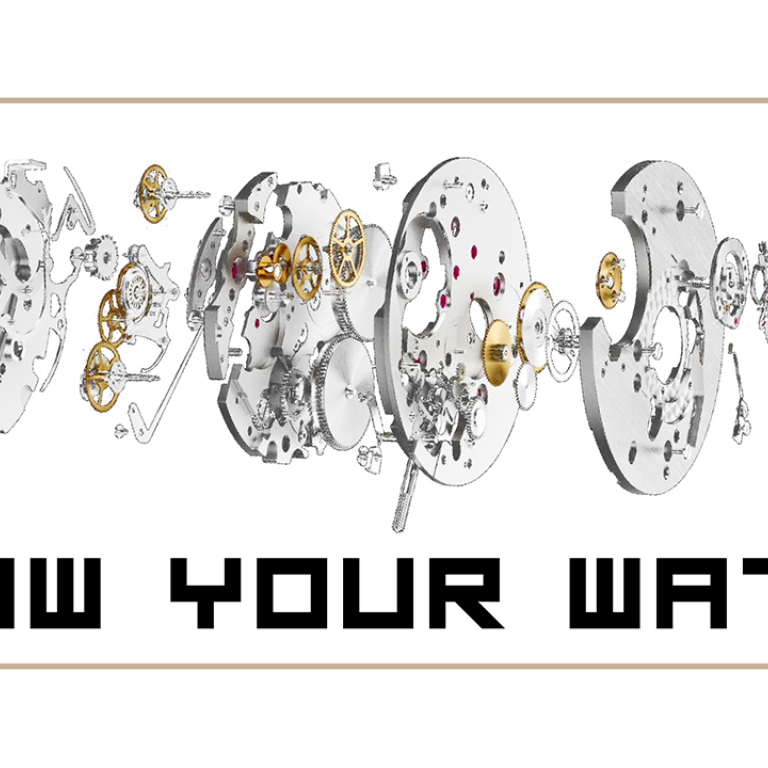Mind your bezel: the glossary for watch-lovers following SIHH 2017

The countdown is on. The 27th edition of SIHH is right around the corner. For four days, watch connoisseurs will gather at Geneva’s Palexpo to see new timepieces and set benchmarks for the year
There’s nothing worse than starting a conversation, and then realising you don’t know half the terms being thrown around. To save you from potential embarrassment, STYLE has compiled a quick infographic and glossary to help you navigate the world of watch lovers.

1: BEZEL
This one is simple, but important. A bezel holds the dial-side crystal in place. It is either screwed onto or snapped onto the case. Some bezels rotate in order to record elapsed time.
2: TOURBILLON
If you want to show off your watch knowledge, don’t forget to mention this. Invented by A. L. Breguet, this complication eliminates errors in pocket watches which were often kept in a vertical position. It is a complication marvelled by connoisseurs due to the technical know-how required to create it. For those looking for something even more spectacular, a flying tourbillon is connected from one angle only, making it appear to be flying in space.
3: BRACELET/STRAP
Whether in gold, steel or leather, the strap or bracelet keeps the watch on your wrist.
4: LUGS
The parts which connect the watch strap or bracelet to the case. They are also known as “horns”.
5: CROWN
The knob on the outside of the case. It is used to set the hands on a watch, and, where applicable, the day and date. It is also used for winding the mainspring of a mechanical watch.
Here are some other terms you should know:
ANTIMAGNETIC
Magnets are not a timepiece’s friend. We won’t go into details here, but magnets can affect the accuracy of a timepiece. Watchmakers have since created antimagnetic watches which are unaffected by magnetic fields.
CALENDAR (ANNUAL AND PERPETUAL)
There are various types of calendars a timepiece may have. An annual calendar displays the hour, day, date and month, with the first of the month automatically adjusted following months of 30 or 31 days.
A perpetual calendar takes into account not only the short months, but also leap years, all without manual adjustment. Technically, this means you can pass the timepiece down for generations without having to adjust the date – ever.
CALIBRE
Also known as the movement of the timepiece, a calibre is encased in the heart of the timepiece. It is the mechanism of the watch and essentially what makes the watch unique.